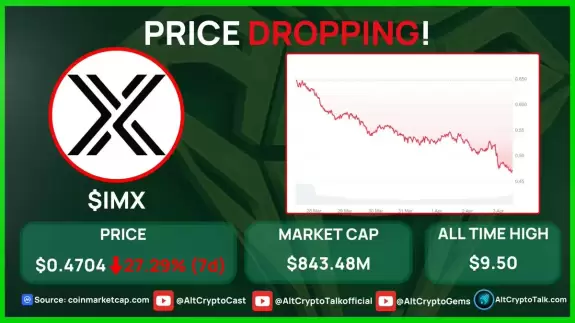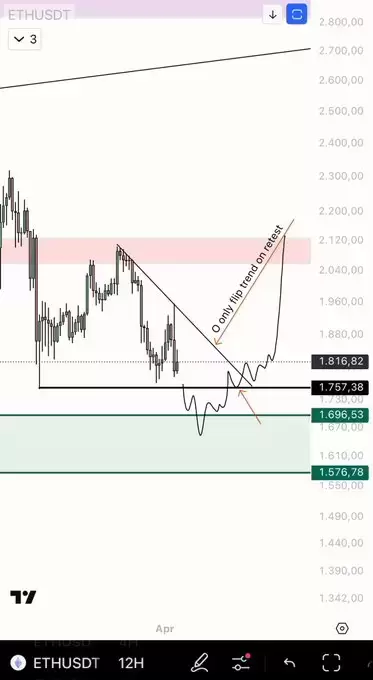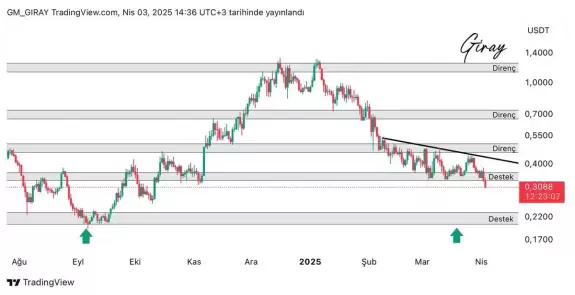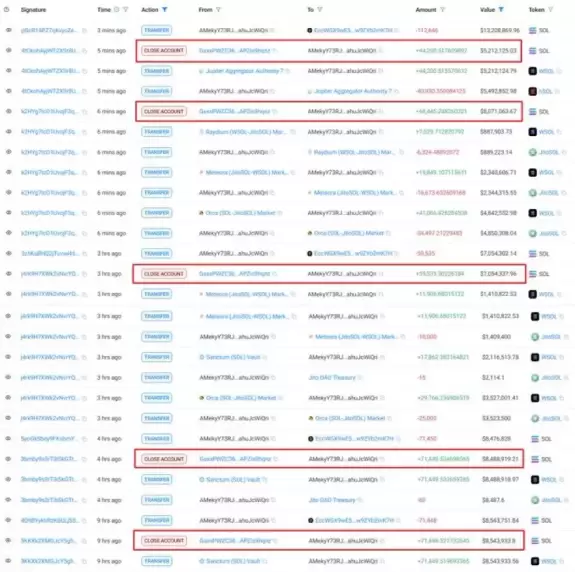Communtity feeds
-

- Twitter source
- Sjuul | AltCryptoGems Apr 03, 2025 at 08:00 pm
PRICE DROPPING! $IMX is dropping in price! With a price decrease of almost 30% this week, has dropped due to profit-taking from investors and whales after a rise in price last week. Source:
-


-

- Twitter source
- Alchemy Pay|$ACH: Fiat-Crypto Payment Gateway Apr 03, 2025 at 07:09 pm
$HBAR & Hedera-native $USDC are now supported on #AlchemyPay on-ramp, accelerating access to ’s RWA, AI, and DeFi ecosystems. Buy crypto like a pro with your favorite fiat payment methods—fast, easy, and borderless.
Try now: https://ramp.alchemypay.org

-

- Twitter source
- Crypto Rover Apr 03, 2025 at 06:47 pm
-

- Twitter source
- Majime Tanaka🏯 Apr 03, 2025 at 06:38 pm
-
- Twitter source
- {{val.author }} {{val.createtime }}















































































